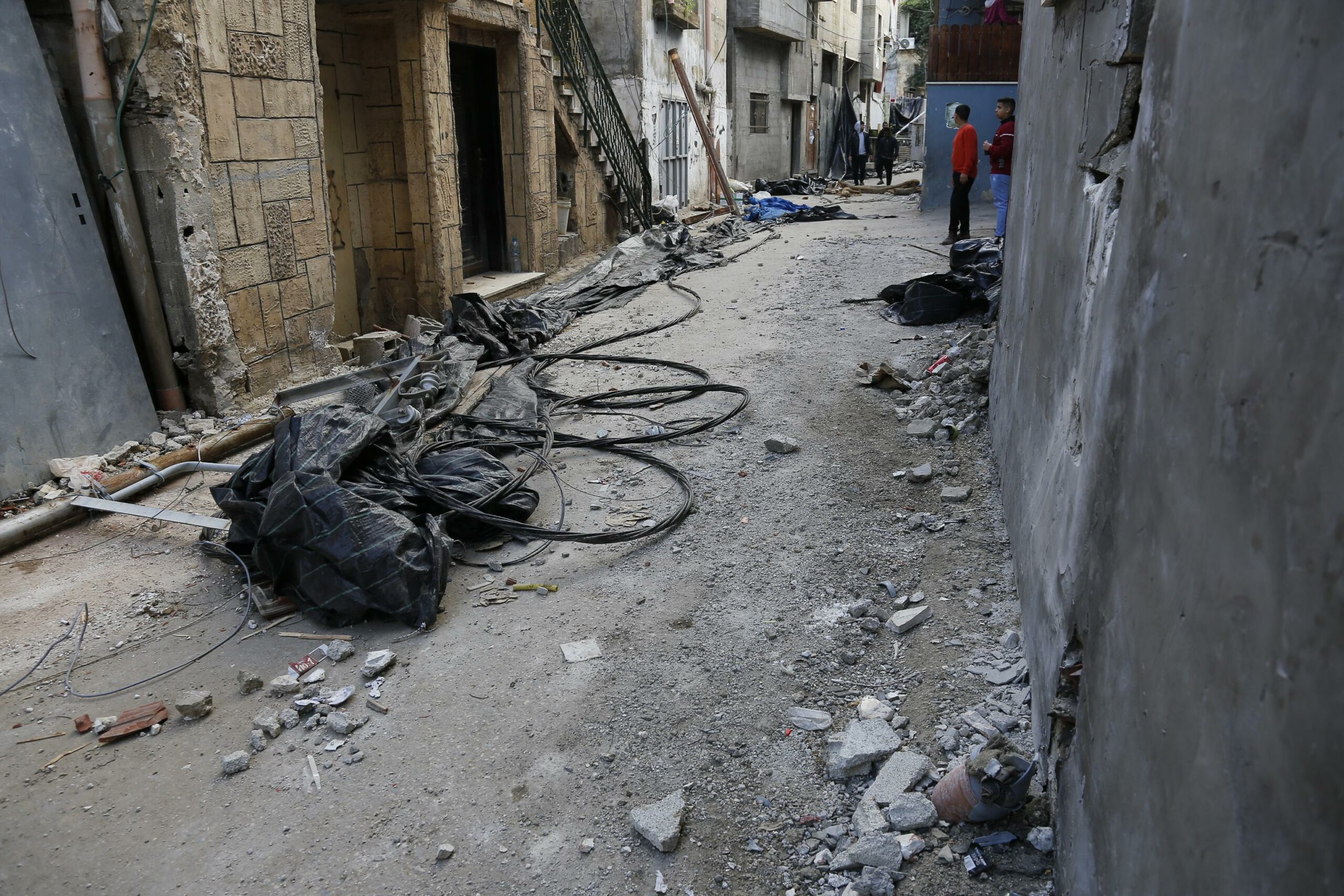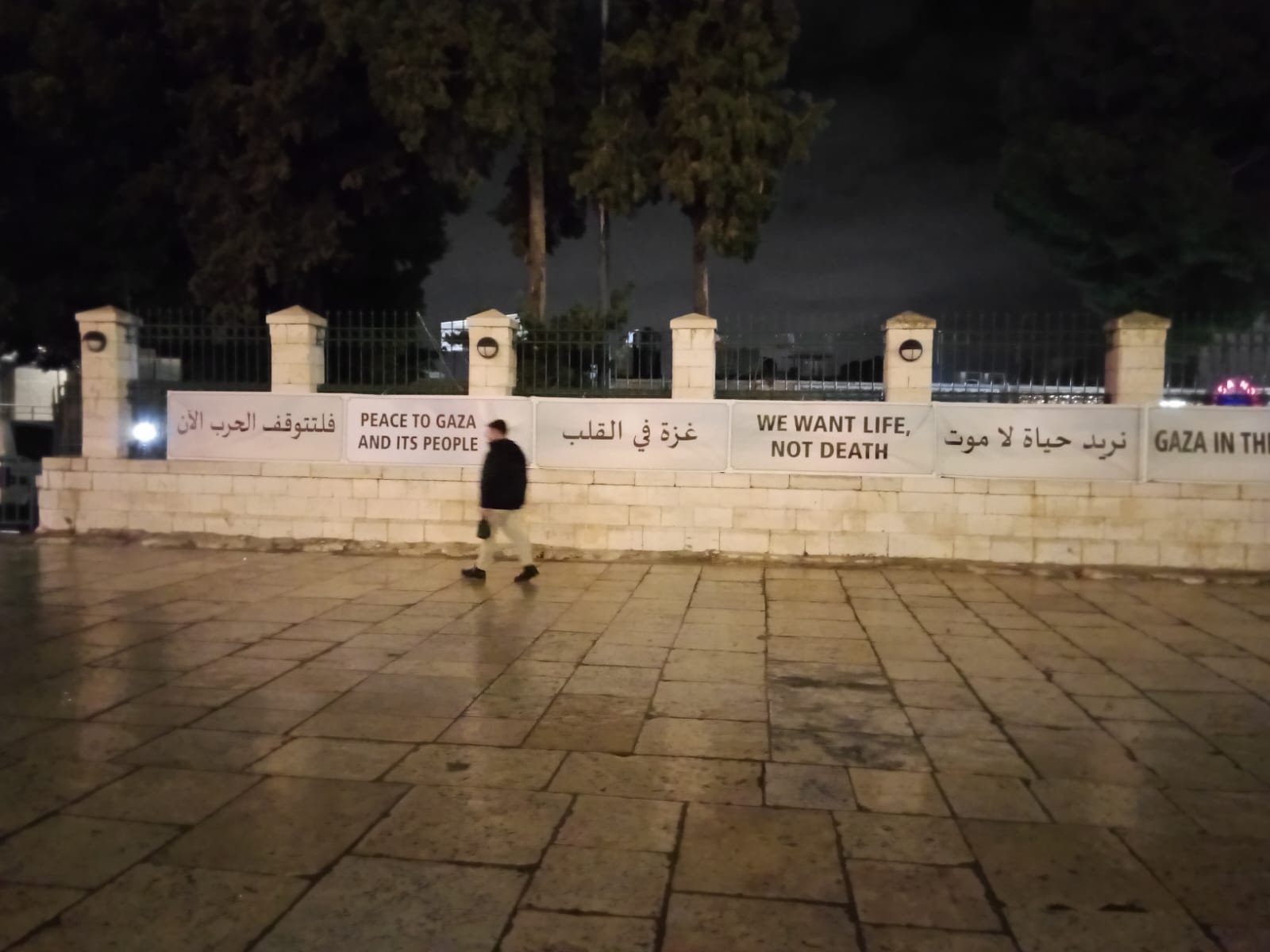Tag: Israeli Army
-
Ongoing Israeli incursion: Nour Shams Refugee Camp
12/27/2023 Occupied West Bank By Diana Khwaelid A new Israeli incursion into the Nour Shams refugee camp northeast of the city of Tulkarm in the northern West Bank. Israeli incursion: Tuesday evening, December 26th the Israeli occupying forces stormed the Nour Shams camp in Tulkarm, accompanied by military vehicles, including D9 bulldozers, unmanned aerial vehicles,…
-
Impending Famine, Infectious Disease and Starvation. It is Christmas in Palestine.
Gaza / Occupied West Bank 12/24/2023 Hundreds of thousands of Palestinian children in Gaza are at risk of famine and preventable death from disease as the world’s observant retreat into family and faith to mark the birth of another Palestinian child. In a lightless, treeless Bethlehem, haunting displays capture the specter of a…
-
Jenin: The Other Gaza
17 December 2023 | International Solidarity Movement | Jenin On Wednesday, December 13, I received a message from a fellow actress of the Freedom Theatre informing me that the occupation forces had arrested without charge Mustafa Sheta, theatre director and general manager, Ahmed Tobasi, artistic director, as well as Jamal Abu Joas, acting coach. The…



